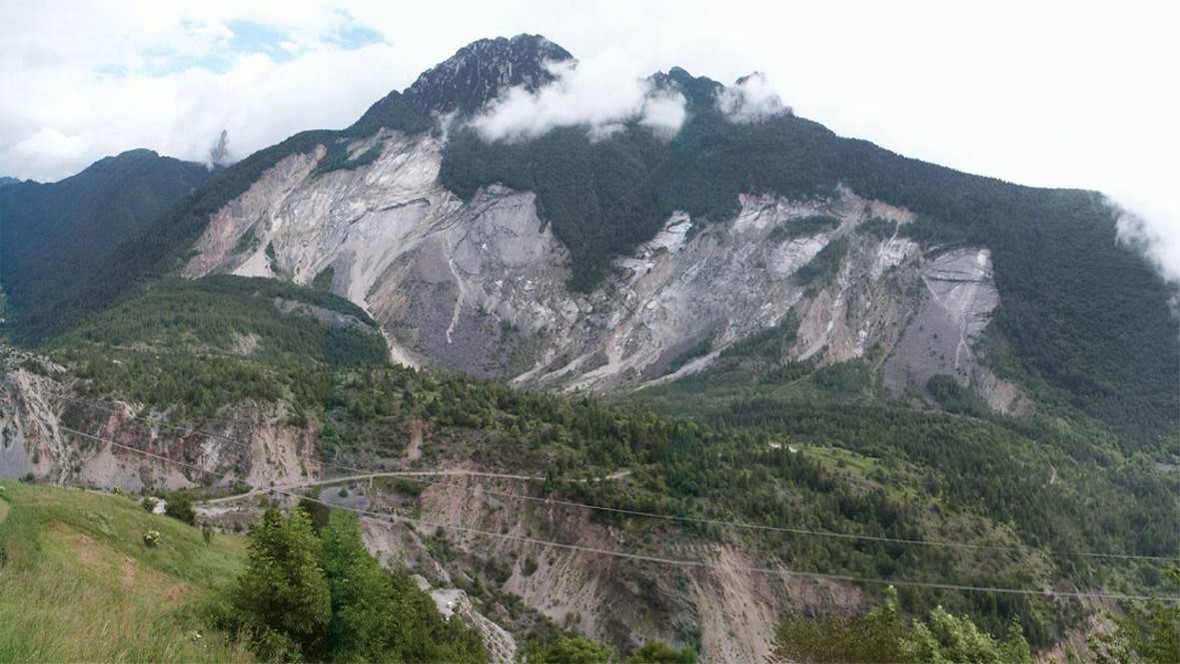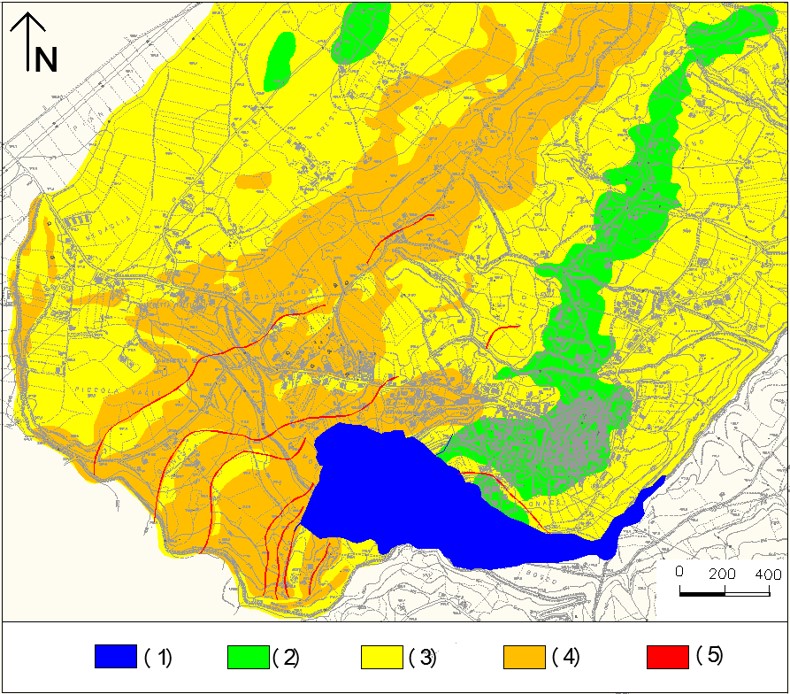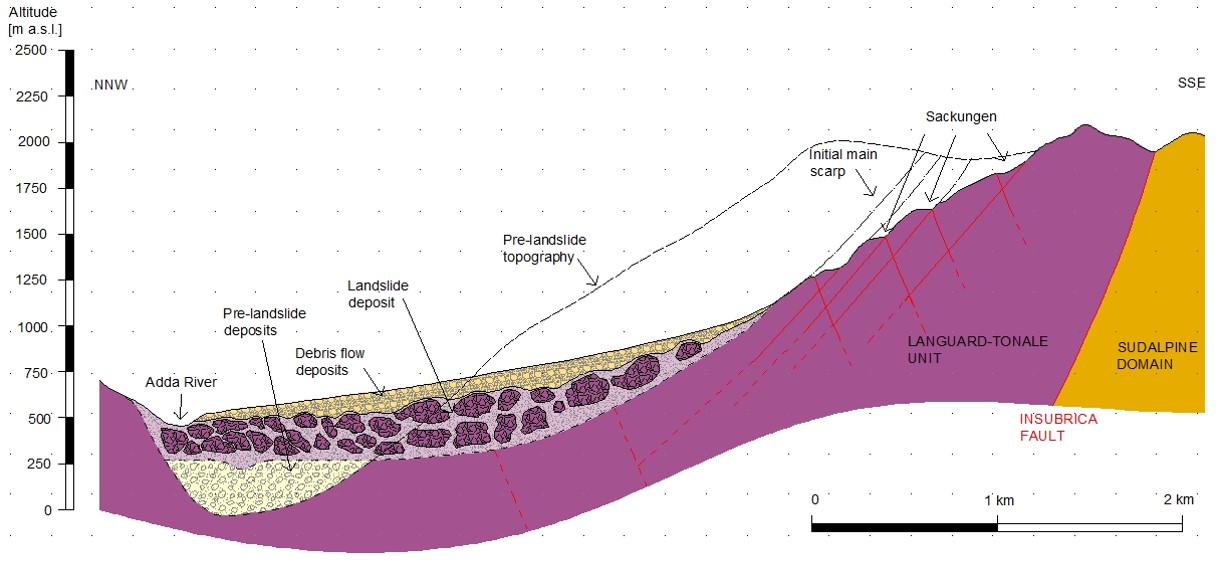The training course “Soil protection and prevention from natural risks” is oriented to the engineering and programmatic aspects involved in the strategies of mitigation from natural risks and their anthropic forcing that, properly coordinated and integrated with the contributions of a strictly planning nature, contribute to the formulation, design, implementation, management and evaluation of the actions required to govern and mitigate the effects on the territory.
Translated with www.DeepL.com/Translator
Natural events are important sources of environmental change. They include phenomena of various nature, ranging from atmospheric precipitation to structural subsidence of the soil and geological and seismic instability, with potentially very serious consequences when they assume extreme configurations. The areas of interest cover territorial extensions with spatial scales in very different intervals, while their phenomenological nature is intrinsically characterized by considerable complexity and temporal instability, with a highly dynamic behavior and an equally variable evolution.
The planning and governance of the territory cannot ignore the needs that derive from it, both in terms of the forecast of the intrinsic characteristics of the event (occurrence, intensity, frequency, duration) and the extent of the expected effects. Similar needs involve the availability of appropriate tools and techniques to assess the necessity and nature of the interventions required to mitigate and, if possible, cancel out the most damaging effects.
The didactic path proposed in the field provides the basic knowledge required for the characterization of the phenomena involved and their description and simulation modeling. The training is integrated with the set of specialist disciplines that allow to evaluate the effects associated with the event and to formulate strategies and interventions necessary to mitigate the damage:
- structural interventions for hydrogeological protection, soil protection and conservation at the different spatial scales of interest (local, regional, regional, national), conducted through civil and naturalistic engineering works;
- non-structural interventions of hydrogeological and seismic zoning, warning and foretelling of extreme events and civil protection;
- arrangement of river basins and slopes;
- monitoring, zoning and control of hydrogeological and seismic risk;
- design of geotechnical, hydraulic, structural and naturalistic engineering works for soil conservation and protection of the territory;
- risk prevention (economic, regulatory and insurance evaluation).
The training curriculum of the proposed course configures potential placements in different professional sectors:
- public bodies and services for the protection of the environment, civil protection, defence of the territory and assessment of the environmental compatibility of plans and works;
- universities, public and private research institutes and bodies;
- authorities and agencies for the planning and control of the territory and environmental resources;
- engineering companies, professional studios and territorial and environmental service companies;
- construction and maintenance companies for works and interventions to defend the territory;
- technical analysis of credit and insurance companies.




